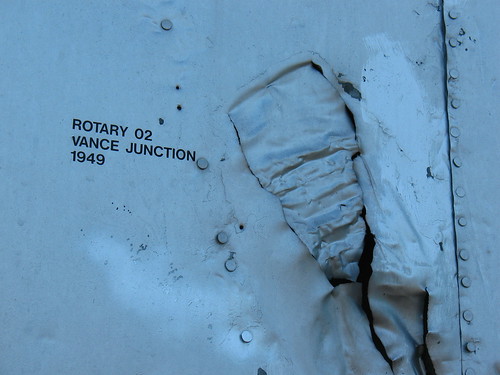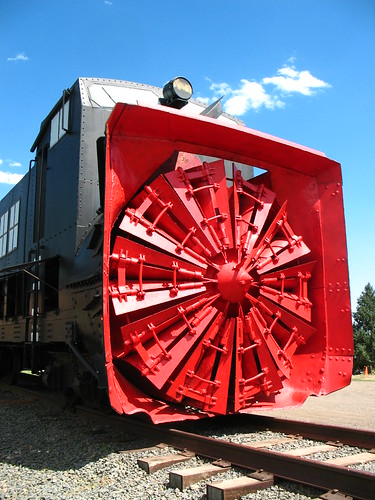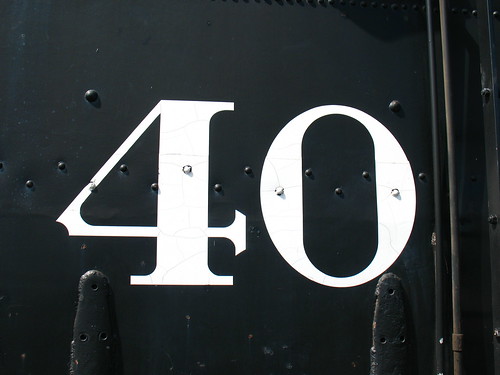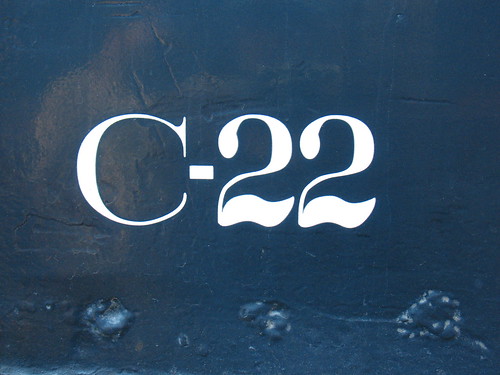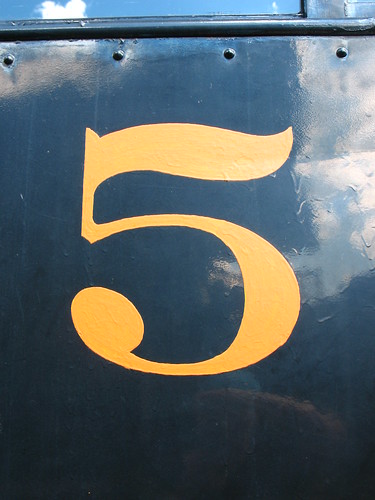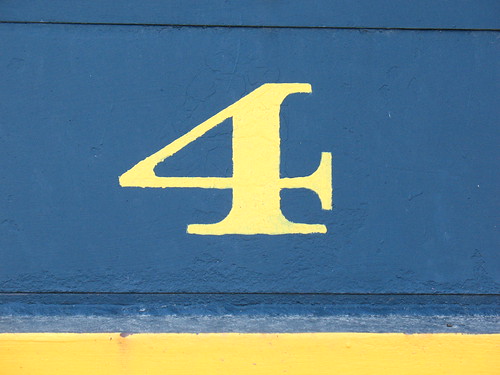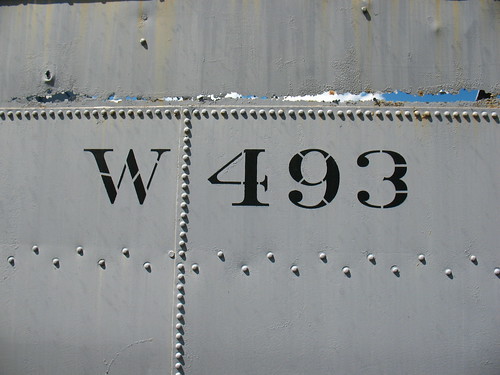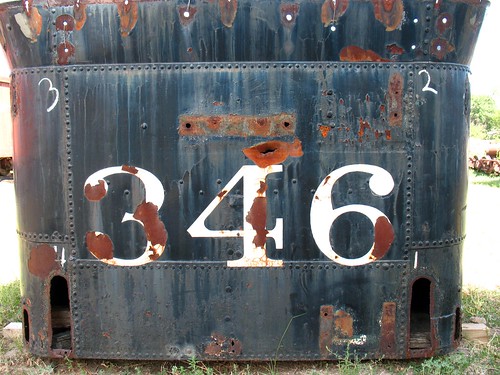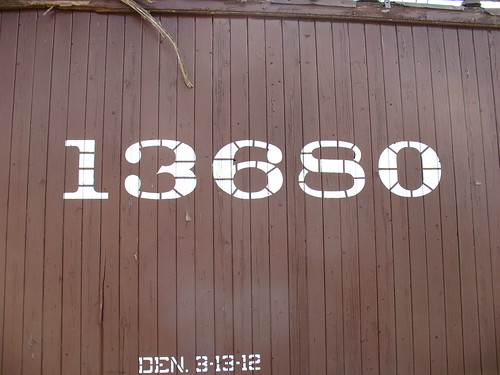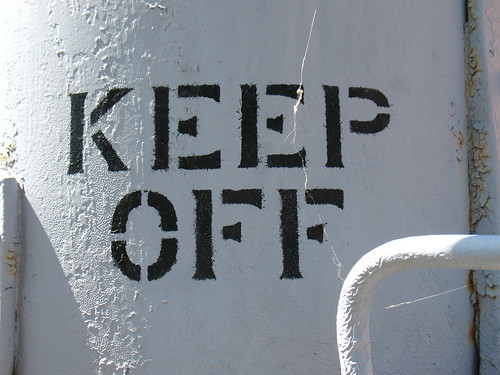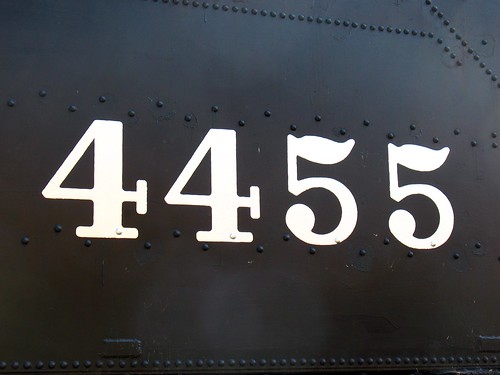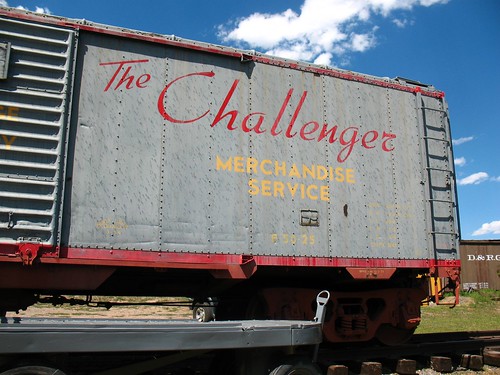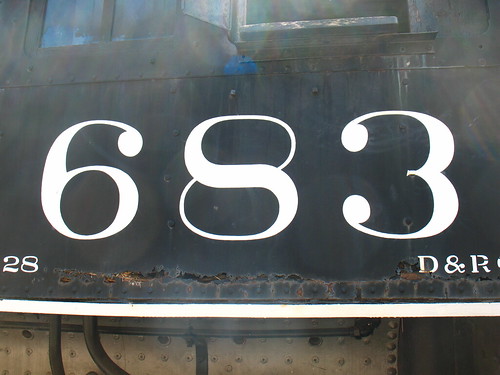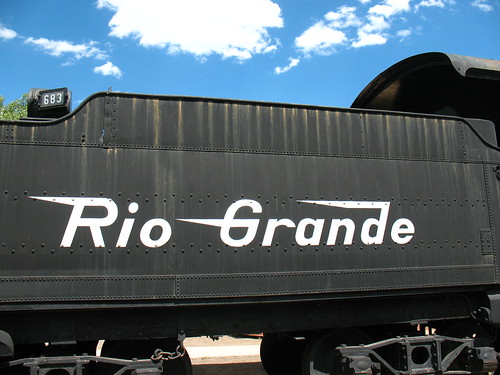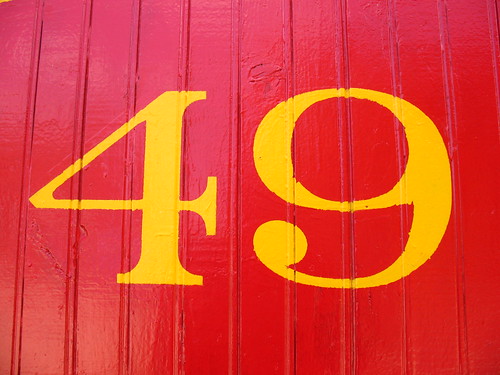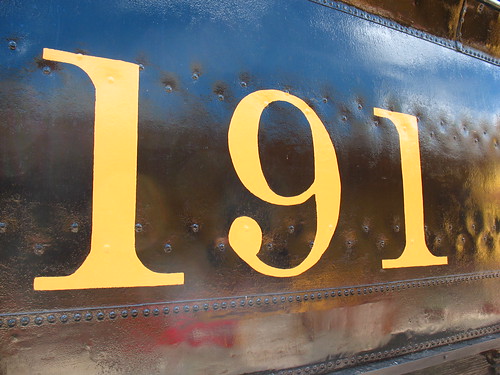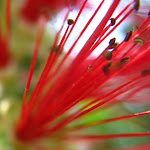The weekend before last, AREA and I participated in Elephant's Eye, a great little event put on by artists in Bucks County, Pennsylvania. You get a map, some directions and information, and then it is up to you to find the home studios of the sculptures, painters, and other artists that are part of this. We spent 5 hours driving around in this rural, but rather upscale, part of Pennsylvania, across the Delaware River from Lambertville, NJ, and saw some really great art, some really interesting art, and some that didn't move me much. Just like art should be. Here is our story (part 1).
The first artist and studio we visited was
Alex Cohen at King Oaks Farm in Newton. This turned out to be the highlight of all the studio visits, not only because of the art, but also because Alex is funny, interesting, and likes to talk.
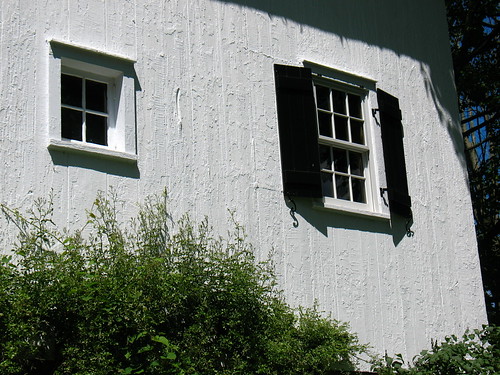
His studio (and apartment) is in the old carriage house (photo above) of this big estate which was owned by his grandparents. They used to cut a meadow into a landing strip for planes in the early 1900s, and some of Alex' art is inspired by this. What I really loved about his art was the diversity in the paintings, and they were happy (or less so, but not just depressing), interesting, alive, and varied in method, colors, and themes. Some looked like colored-in black and white movie scenes from 1940s gangster flicks, others were more abstract and showed swaths of green in a spring forest. Wonderful versatility, and lots of art. Some of the studios we visited later had much less art and things around, and were therefore less interesting. And many of the older artists seemed to have gotten stuck in a rut and only did one particular thing. I won't mention their names here, because this is just a personal opinion, and others might love their work.
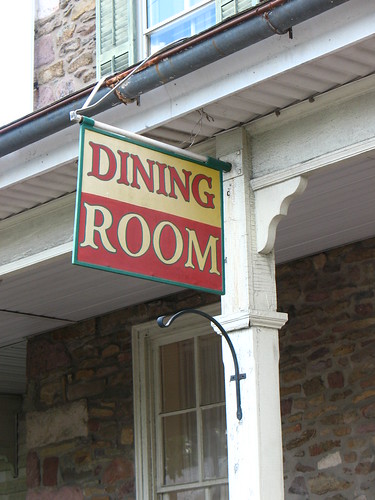
After a while, we got hungry. AREAs comment to this was: "Mom, you always know where the good places are, can't you take me to some little inn or something?". Well, I was in uncharted territory. We drove and looked, drove and looked, but nothing looked good (just fast food or junk food or greasy pizza). Eventually we came to Gardenville, a tiny crossroads with a few houses with a sense of times past (the post office address is Pipersville). A general store served sandwiches and we went in to ask if there was a place around that served sit-down food.
"Yes, you can sit outside at the garden tables," the young clerk said.
"No, like a place that serves warm food," I clarified.
"Oh, I guess the bar is open across the street," she said, "it is after noon. Yep, it is open!"
We looked across the street, catty-corner to the general store was the Gardenville Hotel and Bar, of obvious ancient prestige (and I mean ancient here). We weren't really sure about the whole bar-thing, but it said Dining Room on the sign too, so we crossed the street between giant GMC trucks and horse trailers.
We went inside, and after the dark hallway with wallpaper anno 1924 or so, came into a very dark dining room of similar decor.
Tiffany-lookalike lamps in the ceiling, metal chairs with red 'galon' (the kind that sticks to your skin through your pants on a hot summer evening), and an unmistakable smell.
"This smells like a hotel in Uzbekistan", I told AREA. That musky, moldy, and old smell brought me back to some memorable times in the old Communist Party's summer vacation places (I wasn't making that up, it was from personal experience). Nobody was around, no waiter, no guests. We made our way around the corner and found the bar, which actually was populated and didn't smell. Nice waitress too, extremely nice and funny.
We sat down, by this time weak from hunger and thirst, at the table under the reindeer (they say caribou here, but they look the same).
A couple of regulars were sitting at the bar, one watching an old movie on the TV, and everybody was eating or ordering food. Well, the food can't be that bad I thought, not if the regulars that know the waitress eat here. (I don't really take photos of nice people I don't know, so the photo of the bar shows it empty)
So we ordered - grilled veggie wrap for the herbivore and Corona with lime and a Gardenville burger for me. With SPECIAL potato salad, that all the regulars told me to get because I would love it (I did, it was fantastic). The food was really, really good, and it was not just because we were hungry. We had happened to find a food oasis in the hybrid zone between rich people's suburbia and farming play country, and old real rural communities. It was such a great experience. So all of you readers on this blog, go and visit Gardenville Hotel and Bar in Gardenville, PA. Oh, I didn't tell you, there is a real modern hotel in the back of the building, without Central Asian smells :)
The waitress told everybody a story about a man who had come in the weekend before and eaten 2 dozen oysters, 1 plate of steamed clams, one Gardenville burger, and two more big dishes. How did he fit it all? Just the burger was giant.
OK, that was half the day - the rest will be in part 2.
(And a side note - AREA passed her drivers test and got her drivers license a few days earlier, so she drove the whole day, excellent job, kiddo!)
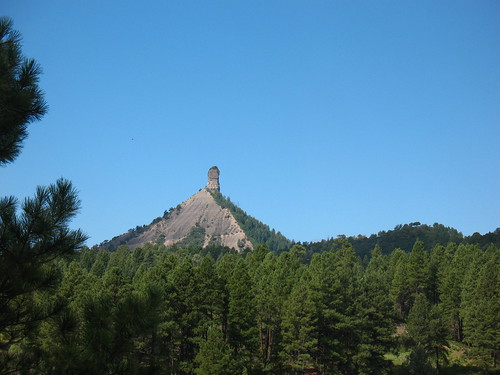
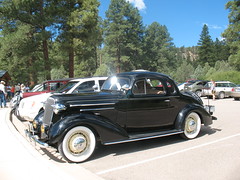




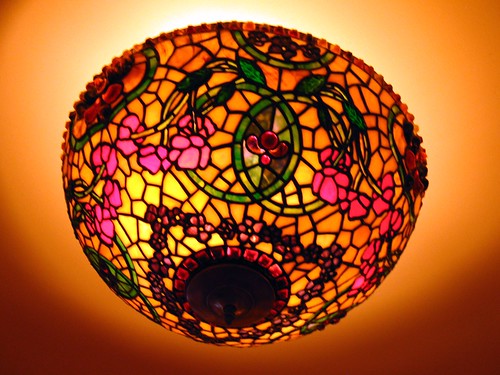


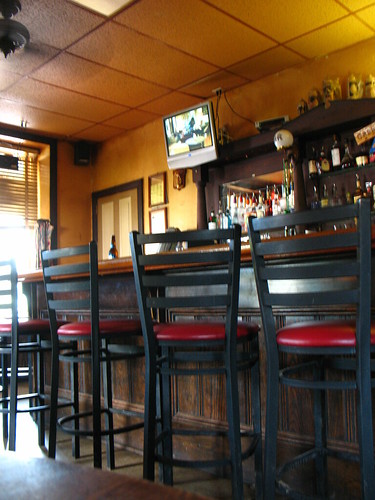
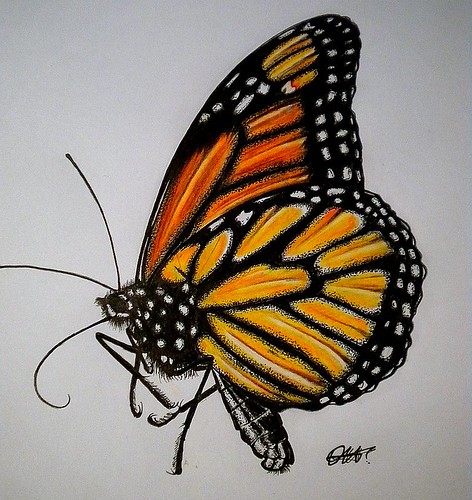











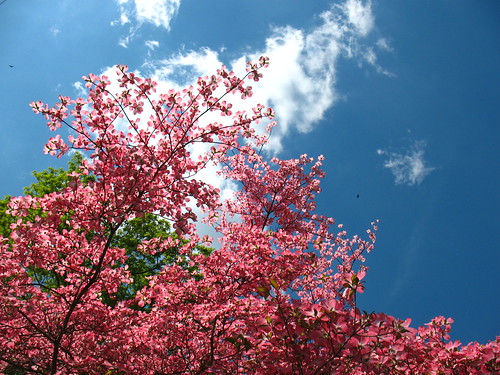



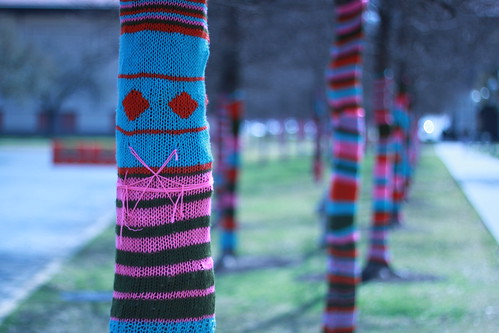

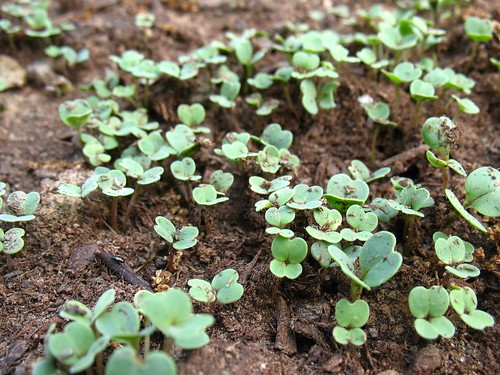



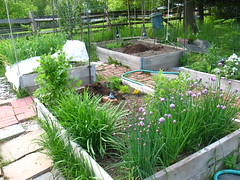
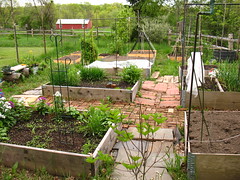



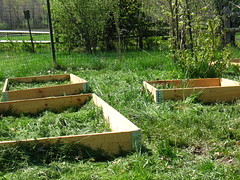


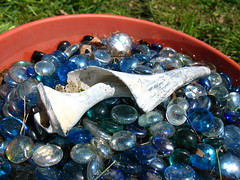
 our dead zelkova tree, sniff.....
our dead zelkova tree, sniff.....

